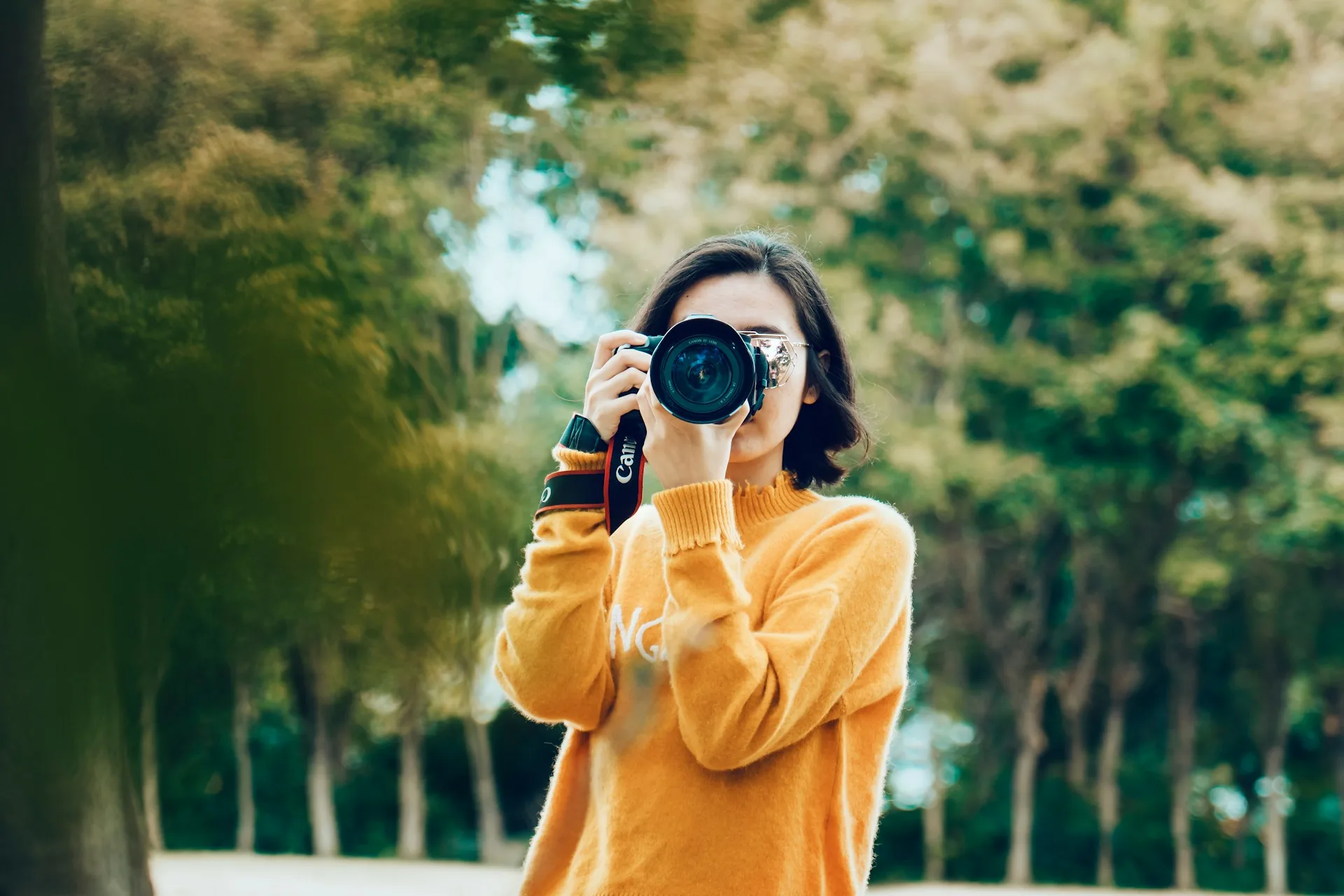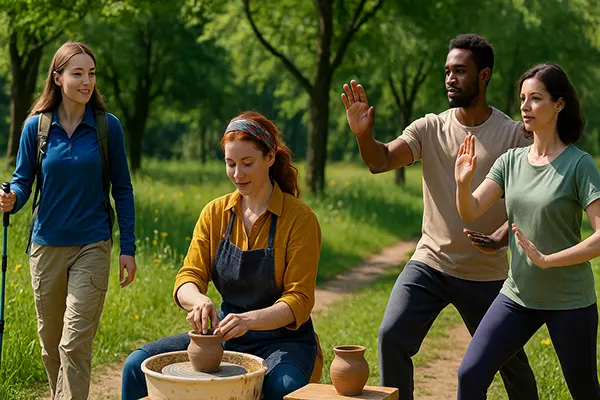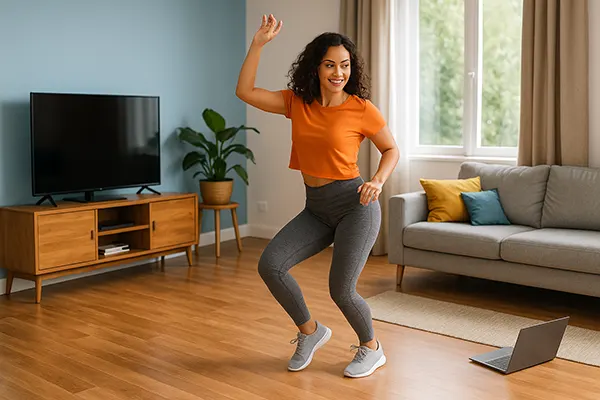Photography for Newbies: A Step-by-Step Guide
Photography is an exciting and rewarding hobby that allows you to capture the beauty of the world around you. Whether you’re interested in landscapes, portraits, or street photography, getting started can be a bit overwhelming. The good news is that with the right guidance, you can quickly develop your skills and start producing stunning images. In this article, we’ll walk you through the essential steps to begin your photography journey, including choosing the right equipment, understanding basic techniques, and practicing to improve your craft.
Choosing Your First Camera
Before diving into photography, the first step is to select the right camera. Your choice of camera will depend on factors such as your budget, goals, and how much you’re willing to learn. Beginners often feel confused by the numerous options available, but by understanding the basic differences between camera types, you can make a more informed decision.
Choosing the right camera is not just about finding the one with the most megapixels or the latest features; it’s about selecting a tool that suits your needs and will allow you to grow as a photographer. Cameras come in all shapes and sizes, from simple point-and-shoot models to more advanced systems with interchangeable lenses. As a beginner, it’s essential to find a balance between ease of use and the ability to grow with you as you develop your skills.
If you’re not sure where to start, consider your primary goals with photography. Do you want to carry your camera everywhere, or are you planning on taking it on specific shoots, like nature walks or portrait sessions? Your lifestyle and photography goals will help determine which camera will work best for you in the long term.
Understanding Camera Types and Features
When starting your photography journey, choosing the right camera can feel like a daunting task. With so many options available, it’s crucial to understand the different types of cameras and their features to make an informed decision. For beginners, there are generally three main categories to consider: compact cameras, mirrorless cameras, and DSLR cameras. Each of these options has its advantages, depending on your preferences and photography goals.
Compact cameras are small, lightweight, and user-friendly, making them a great choice for beginners who want to capture high-quality images without the complexity of more advanced equipment. However, their limited lens options and manual control capabilities may not allow for much creative flexibility.
Mirrorless cameras offer a balance between portability and versatility. They provide higher image quality and more advanced features compared to compact cameras, and many models allow you to change lenses, offering greater creative control. However, they may require more learning to fully utilize their features.
DSLR cameras are the most advanced option for beginners who are serious about photography. They offer excellent image quality, a wide range of lenses, and complete manual control over settings. While they are larger and more expensive, they offer the most flexibility and are ideal for those who want to grow in the art of photography.
Each camera type has its strengths, but the decision ultimately comes down to how much you’re willing to invest in both the equipment and your learning process. Remember, there’s no need to purchase the most expensive camera right away — start with something that meets your immediate needs and upgrade as your skills develop.
Basic Photography Techniques
Once you’ve chosen your camera, it’s time to learn the fundamental techniques that will help you take better photos. Understanding exposure and composition is essential for capturing well-balanced images. These techniques form the backbone of every great photograph, and mastering them will give you the creative freedom to experiment with different styles and subjects.
To improve your skills, it’s important to learn the basic technical settings on your camera and how they affect your photos. The three most important settings to understand are aperture, shutter speed, and ISO. These three factors work together to control the exposure of your image, and understanding how they interact will help you create photos with the right lighting and depth. Don’t rush into automatic settings — taking control of your camera will help you develop as a photographer much faster.
Additionally, understanding the principles of composition will make a huge difference in the impact of your photos. Composition refers to how the elements in your frame are arranged and can turn an ordinary photo into an extraordinary one. There are various techniques, like the rule of thirds, leading lines, and symmetry, that can help you create visually compelling images that draw in the viewer.
Mastering Exposure and Composition
Exposure refers to the amount of light that hits the camera’s sensor. It is determined by three key settings: aperture, shutter speed, and ISO. The aperture controls the amount of light entering the camera through the lens, the shutter speed determines how long the camera’s sensor is exposed to light, and ISO adjusts the sensitivity of the sensor to light. Understanding how these settings work together will allow you to achieve the right exposure in various lighting conditions.
Composition is the art of arranging elements within the frame. A well-composed image is visually appealing and can convey a sense of balance, harmony, or drama. One of the simplest yet most effective composition techniques is the “rule of thirds,” which involves dividing your image into nine equal parts using two vertical and two horizontal lines. By placing key elements along these lines or their intersections, you create a balanced and dynamic composition that draws the viewer’s eye.
As you practice, try experimenting with different compositions and exposures. Don’t be afraid to break the rules once you feel comfortable with the basics — the goal is to create images that are visually interesting and reflect your personal style. With time, exposure and composition will become second nature, and you’ll find yourself capturing more powerful and striking images.

Practicing and Improving Your Skills
Photography is a skill that improves with practice, and the more you shoot, the better your understanding of different techniques will become. It’s important to create a routine that allows you to consistently challenge yourself, experiment with new ideas, and build confidence in your abilities. Whether you’re shooting in different environments, experimenting with various subjects, or learning from others, the key is to keep pushing yourself to grow as a photographer.
In addition to technical practice, it’s important to spend time studying other photographers’ work. Look at both classic photographers and modern artists, and pay attention to their use of lighting, composition, and subject matter. Inspiration is all around us, and observing how others capture the world will help you develop your own creative vision.
Another key aspect of improving your photography is reviewing your own work. Go through your photos critically, and ask yourself what you could have done better. Maybe you could have adjusted the exposure, used a different lens, or paid more attention to the composition. By reflecting on your images, you can learn from each one and apply that knowledge to your next shoot.
Building a Photography Routine
As with any skill, the key to becoming a better photographer is consistent practice. While reading about techniques and studying other photographers’ work is important, hands-on experience is what will help you improve the most. Start by setting aside time each week to practice shooting in different conditions and experimenting with various subjects.
One way to speed up your learning process is by setting challenges for yourself. For instance, try shooting a specific subject, like portraits or landscapes, and experiment with different lighting conditions or compositions. You can also experiment with long exposures, macro photography, or black-and-white photography to expand your skillset and creativity.
Additionally, seek feedback from other photographers. Joining online photography communities or participating in local photography groups can provide valuable insight into your work. Don’t be afraid to ask for constructive criticism, as it will help you see areas where you can improve and refine your technique.
Over time, as you continue to practice, you will begin to develop your unique style and photographic vision. Remember, the journey of photography is a process of continuous learning, and every photo you take brings you one step closer to becoming an expert.





